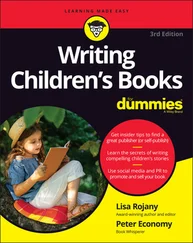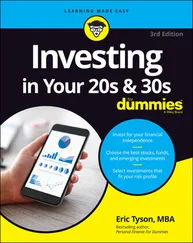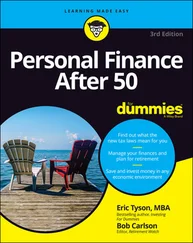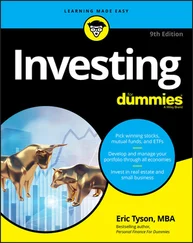In this chapter, we help you explore some of the drivers — financial, health, compliance, and sustainability — that will carry us humans to this bright future of the circular economy.
The primary motive of any business is to make money. There’s nothing wrong with that; without the drive to make money, why would businesses open at all?
Because of this basic fact, one of the first drivers we discuss is how the circular economy increases profits. It turns out that eliminating waste from your supply chain by reusing materials or sourcing better materials can translate into significant cost savings.
According to a report by the Ellen MacArthur Foundation, a transition to the circular economy represents a potential net savings in material costs between $340 and $380 billion. The report goes on to state that a fully advanced transition could net a savings of up to $630 billion. And that’s just savings from materials.
There are also considerable savings in energy and operations to be had, which indirectly translates into carbon emission reductions as well. Some of the savings will be recouped by the company directly, but some of the savings will benefit the city.
Let’s explore some of these cost-and-operational savings:
Just one recycled plastic bottle saves enough energy to power a 100-watt bulb for 4 hours (while also creating 20 percent less air pollution when compared to manufacturing a new bottle).
If the United States were able to boost its recycling rate to 75 percent (from the current 34 percent), it would be the equivalent (in emissions) of removing 50 million passenger cars from the roads.
The energy needed to make 1½ million tons of plastic could power 250,000 homes. Every year, humans produce 300 tons of plastic.
Materials such as glass and aluminum are infinitely recyclable.
A single ton (2,000 pounds) of recycled paper saves over 350 gallons of oil, 17 trees, and a large area of landfill.
Redefining risk and liability
When it comes to business, risk is defined as any exposure the company might have that would affect its ability to make profits or cause it to fail. Risk is anything that threatens a company’s ability to meet its financial goals. Large companies often have entire departments dedicated to identifying, reducing, and mitigating the various risks that threaten the company’s bottom line.
The linear take-make-waste economy represents a significant amount of business risk that often goes unaccounted for. Here are some common risks found in the linear economy (which the circular economy can reduce or eliminate):
Single-source supply chains are risky if your company is dependent on just that one supplier. A disruption threatens the entire product line.
The price volatility and supply chain disruptions of resource-intensive materials risks your company’s ability to deliver your products.
The unpredictable and fluctuating costs of fossil fuels threatens your company’s ability to set pricing, which affects profitability.
The growing threat of climate change is driving adoption of a carbon tax on emissions, which would force your company to address its carbon footprint.
The unpredictable and more severe weather patterns caused by climate change are threatening to disrupt your operations, driving the need for redundant systems and resiliency planning.
The ever-increasing frequency of hurricanes, wildfires, and floods threatens to leave some of your company assets stranded, further driving the need for change.
 As more and more companies begin to address their liability in terms of waste, carbon, and material sourcing, many of these risks will become more apparent and better managed. All this will only drive further adoption of a circular approach.
As more and more companies begin to address their liability in terms of waste, carbon, and material sourcing, many of these risks will become more apparent and better managed. All this will only drive further adoption of a circular approach.
In addition, the circular economy offers certain risk reduction advantages over the linear economy, including these:
Having a more robust and sustainable supply chain reduces the risky side effects of your business (pollution, waste, damage) that normally would be ignored in a linear economy model.
By reusing, reselling, and recovering your products, your company can significantly reduce its material costs; using longer lasting materials also reduces customer returns while still under warranty.
Having your customers return your products to you at the end of the product's useful life also improves the quality of your customer interaction and boosts customer loyalty.
A product that’s designed to be repaired or upgraded easily also reduces product complexity and the chance of things going wrong. With the right design, a broken item can be cheaply repaired or replaced with fewer product losses.
Innovating to attract new customers
Creativity, ingenuity, and innovation have always been a great way to attract new customers. The circular economy is a chance to rethink and redesign your entire approach to the value you bring to your customers.
Consumer behavior is continually evolving, driving the need for new ways to stand out from your competition and attract new customers.
The Drive to Be Healthier
More than ever before, consumers have the ability to research and understand what impact your products may be having on their health and wellness. This drive to be healthier can be seen in the growing trends of a still-expanding $84 billion per year yoga industry, a $100 billion fitness industry, and a $200 billion dietary supplements industry.
Lifestyles that foster health and sustainability
The official marketing demographic describing people seeking to take better care and control of their health and their environmental impact is referred to as the lifestyle of health and sustainability — or LOHAS, for short.
The LOHAS community consists of customers who are environmentally aware and socially attuned and who hold a global worldview that takes into consideration the ethical, moral, and political outcomes of their decisions. This market demographic, which is considerably influential, feels that no product or service is incapable of being “greened.”
Central to the LOHAS worldview is the conviction that, by insisting that companies give them a selection of healthier and more environmental choices, customers can contribute to making a positive contribution to the environment in a way that suits their lifestyle. They overwhelmingly care about the environment and regularly boycott a brand or company that has unacceptable business practices.
This group is typically the early adopter of green and sustainable businesses.
Beyond the hard-core LOHAS crowd, you'll find a larger group of regular consumers who prioritize their own health and wellness when it comes to their purchasing decisions.
This wellness industry is now worth $3.4 trillion, making it nearly three times larger than the worldwide pharmaceutical industry. People in this group (which probably includes everyone reading this book) often seek to
Eat healthy, with a focus on nutrition
Balance their weight, with a focus on exercise and movement
Explore preventive health, with a forward-looking approach to disease prevention
Foster beauty and antiaging regimens, with an interest in looking and feeling good
Seek out trusted brands, with less blind allegiance to old brands and a willingness to try new ones
Reduce their environmental impact, with a focus on consuming, owning, and spending less for the benefits that an environmentally conscious effort brings
Читать дальше
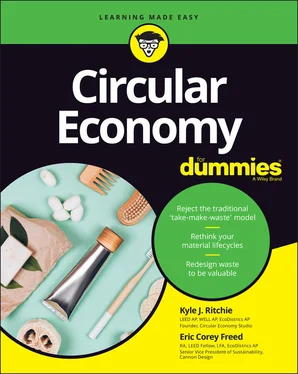
 As more and more companies begin to address their liability in terms of waste, carbon, and material sourcing, many of these risks will become more apparent and better managed. All this will only drive further adoption of a circular approach.
As more and more companies begin to address their liability in terms of waste, carbon, and material sourcing, many of these risks will become more apparent and better managed. All this will only drive further adoption of a circular approach.
